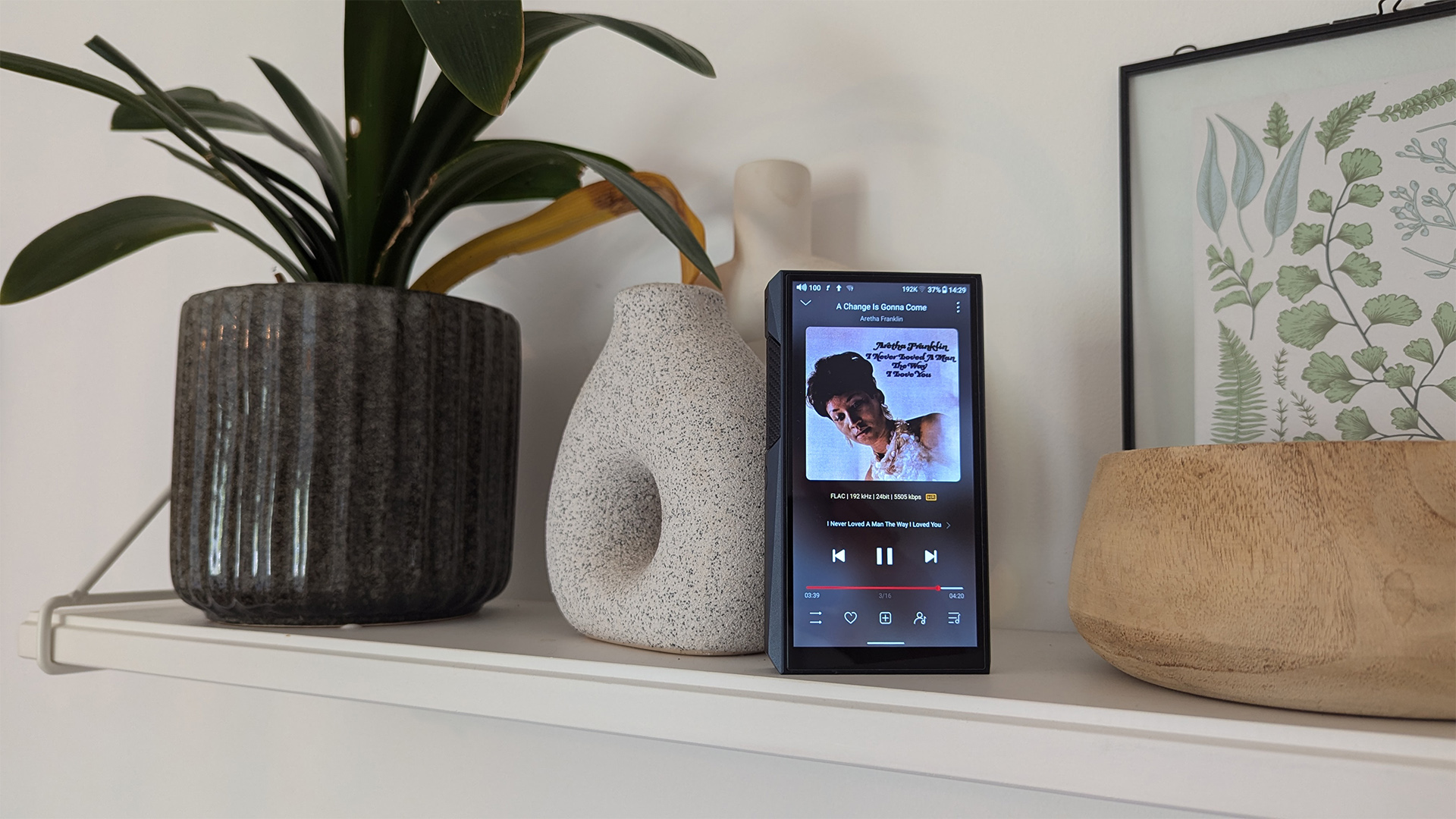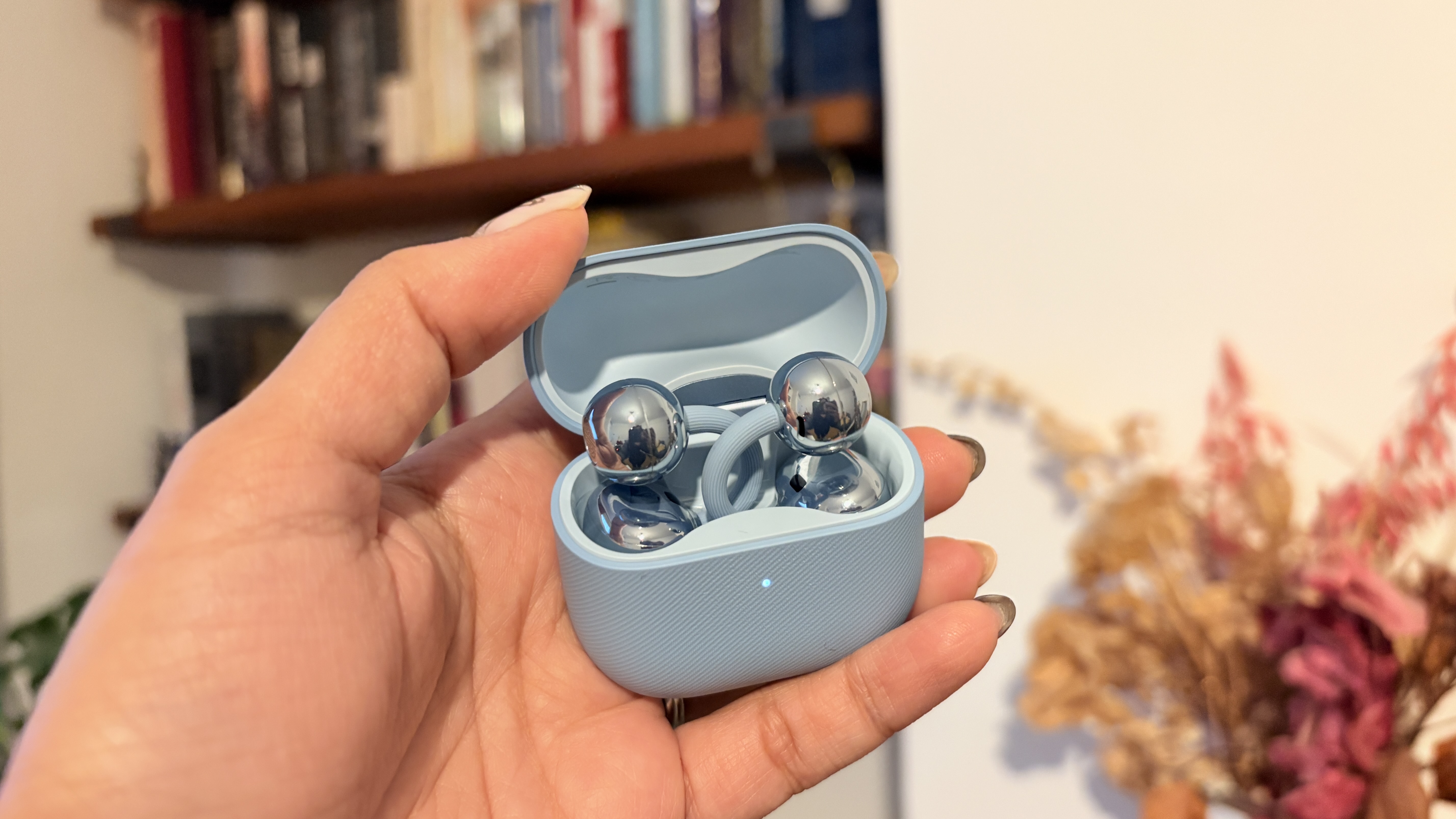What Hi-Fi? Verdict
Ample features make the M23 a versatile portable and desktop device, while its solid performance ticks almost as many boxes
Pros
- +
Big, open, detailed sound
- +
‘Extra’ desktop device functionality
- +
Lovely to use
Cons
- -
Outclassed for musicality
- -
'Only’ 48GB available for music
Why you can trust What Hi-Fi?
Less may arguably be more when it comes to things like house furnishings, makeup and possessions you would save from a burning building, but with something as niche in today’s world as the portable music player, their makers clearly believe that more is not only more, but also necessary in order to remain relevant.
In recent years, PMPs have become more than ‘just’ performance-first, storage-plentiful audio devices; they often have wi-fi and built-in access to apps, they sometimes double up as DACs, and most can transmit music via Bluetooth to wireless headphones and speakers. As one of the biggest remaining players in the ever-shrinking market, Fiio has keenly participated in such feature expansion – unsurprising, really, considering its unbridled creativity in other markets; look no further than its recent reincarnation of the cassette player and launch of a DAC/amp-toting keyboard. Indeed, the mid-market Fiio M23 hi-res music player has plenty of tricks up its sleeve that go beyond the primary duties weighing on it.
Features
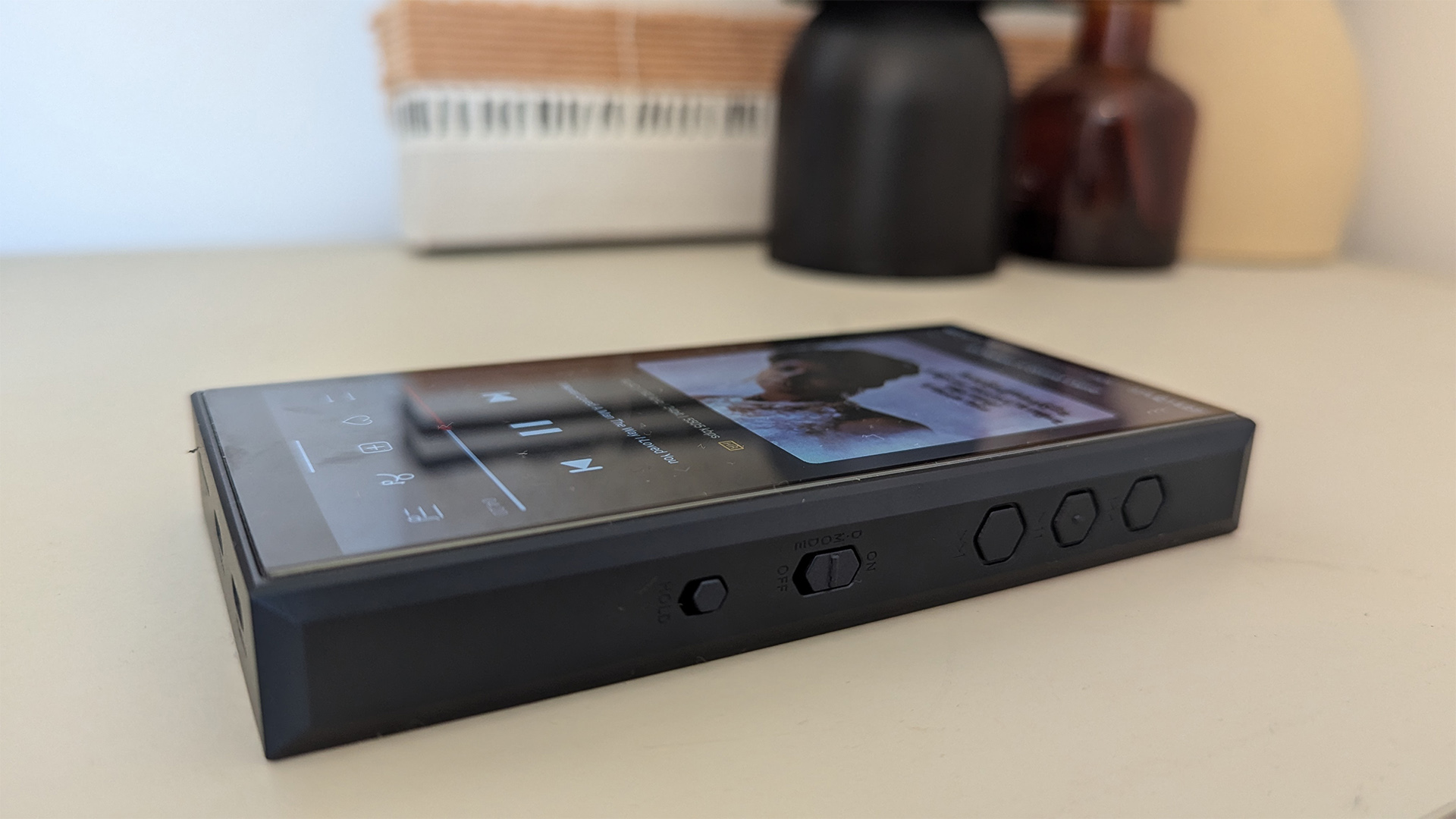
The M23 boasts all three modern-day functions mentioned above; the ability to receive audio from a Bluetooth device so that the player can act purely as a DAC and amplifier; and a couple more desktop-centric features.
Fiio’s patented Desktop mode (activated via a toggle switch on the right-hand side panel) and the inclusion of an additional, power-only USB-C port allow the M23 to be completely powered by a connected external power source. This mode bypasses the built-in battery, which is neither charged nor discharged in the process, ensuring the M23 can be used in a desktop environment without fear of damaging the battery. When connected to fast charging via that second USB-C port, the player’s ‘Super High’ gain mode can be activated for more gain and more output power (up to 240mW per channel at 300 ohms or 1000mW at 32 ohms) to more ideally drive higher-impedance hi-fi headphones.
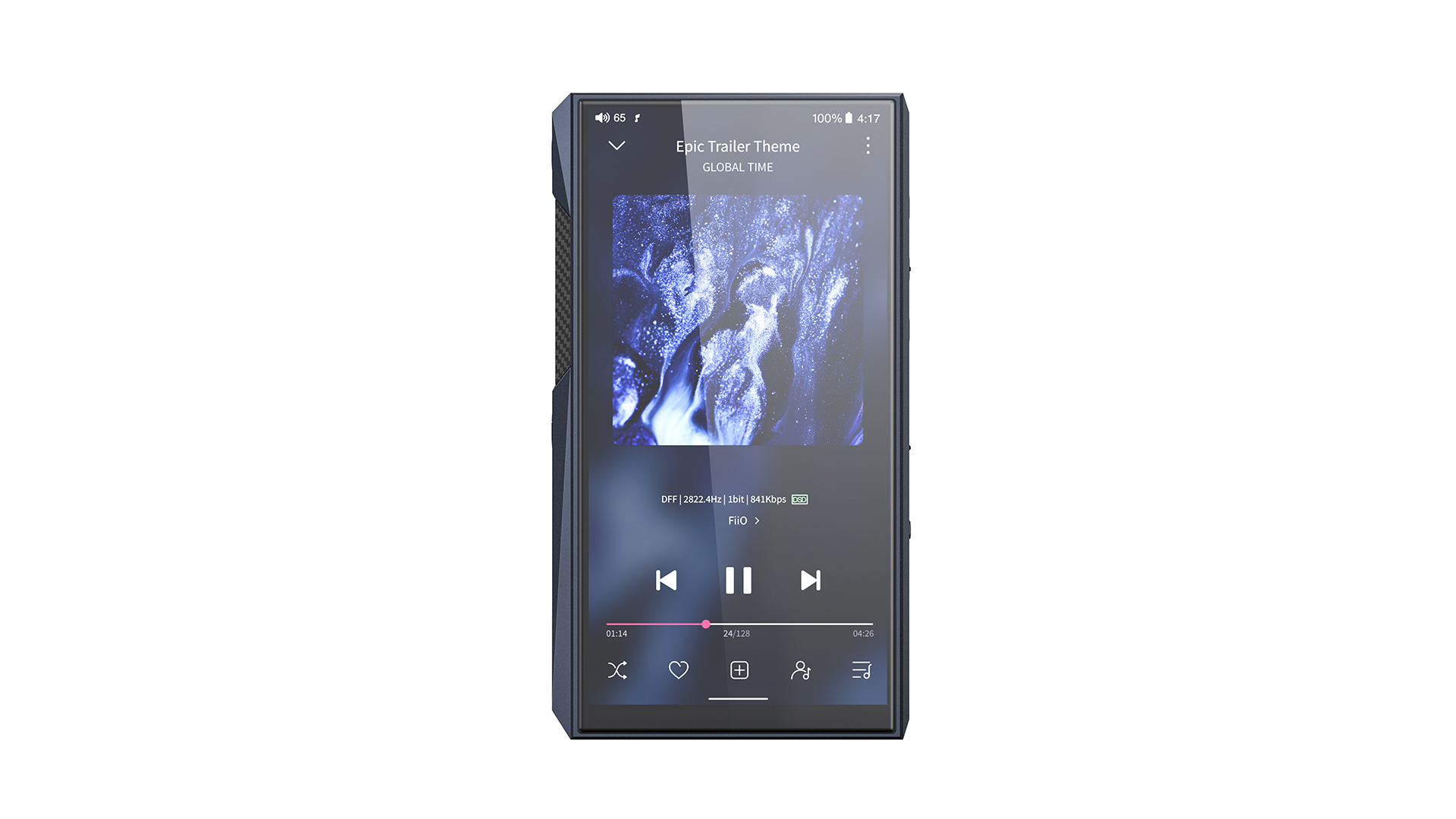
Max file support 32-bit/384kHz, DSD256
Storage 64GB
MicroSD slot? Yes
Charging USB-C
Headphone outputs 3.5mm, 4.4mm
Battery life Up to 10.5hrs
Dimensions (hwd) 136.5 x 75.7 x 18.1mm
Weight 299g (Deep Blue) / 392.3g (Stainless Steel)
In this mode, the other USB-C port (used as an input) can connect to a phone or laptop and the player’s USB DAC operation doesn’t affect the player’s juice pack, which by the way offers a quoted nine to 10.5 hours of middling-volume playback depending on whether it’s outputting via the balanced or single-ended sockets. Handily, only a one-hour charge provides 80 percent battery life.
Fiio is certainly gunning for its latest player to become an integral part of not only your on-the-go set-up but also your desktop one, then, but only you can decide whether such extra functionality will be useful to you.
As for more traditional attributes, the Fiio has 64GB of internal storage, of which roughly 46GB is available for music repository – enough for around 2000 CD-quality FLAC tracks, to give you an idea. PCM files up to 32-bit/384kHz and DSD256 can be stored locally and played through USB DAC operation.
The latest hi-fi, home cinema and tech news, reviews, buying advice and deals, direct to your inbox.
You see, the player’s ‘system’, which includes files necessary to run the Android operating system (version 10), takes up 18GB, which you’ll forgive, more or less so depending on how much you’ll benefit from the smartphone-like functions it offers. Remember that any music service apps you want to download onto the player from the Google Play Store will also eat up space, and for reference Tidal is 127MB, Spotify 153MB, TuneIn Radio 114MB and Roon 205MB. Naturally, a microSD card slot accommodates storage expansion.
Design
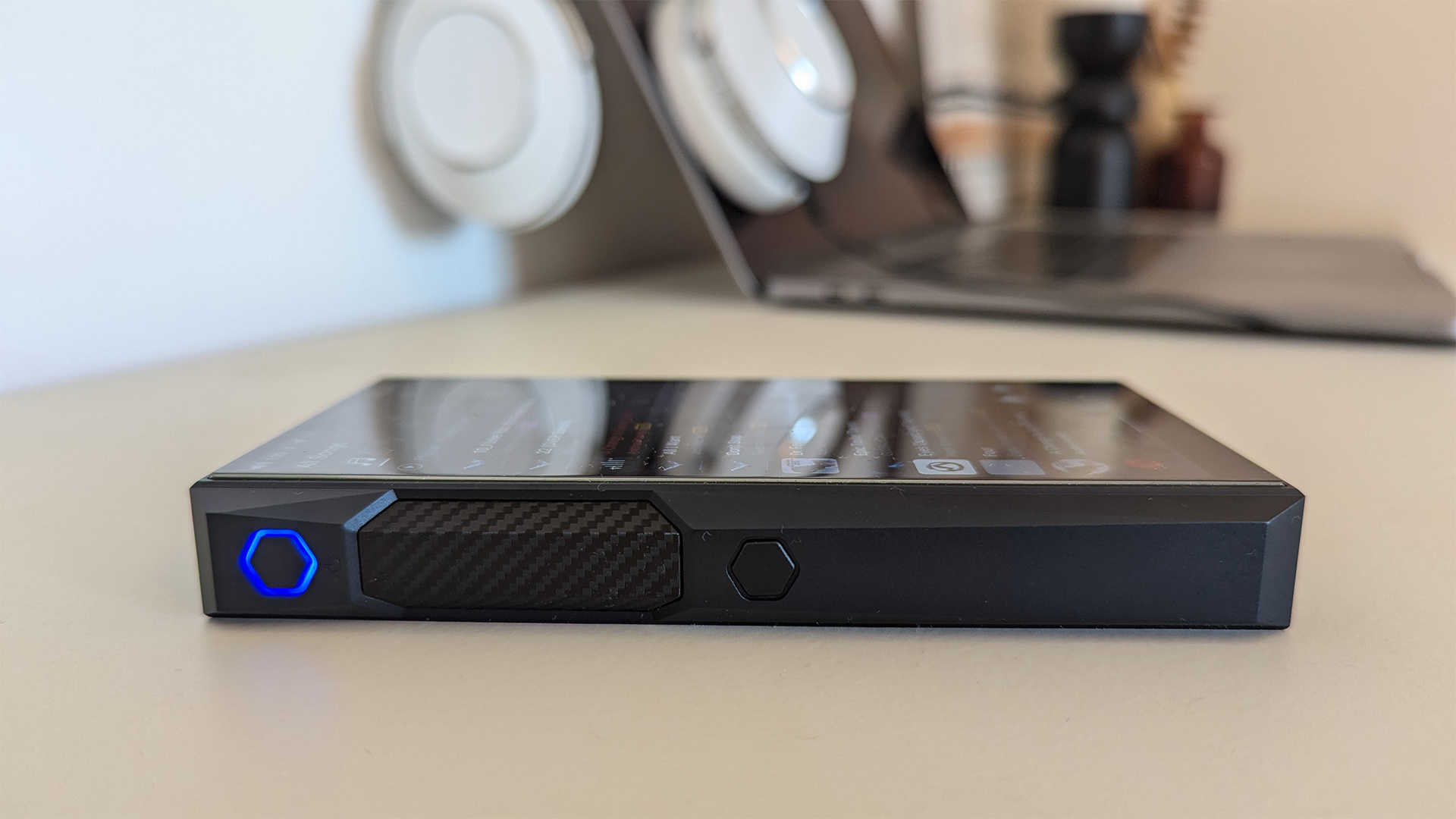
With that slot, the two USB ports, the desktop mode switch and various other sockets and buttons including 3.5mm and balanced 4.4m headphone outputs, a volume slider and playback controls, every edge of the M23’s chassis is busy. Indeed, the supplied transparent case for this ‘Deep Blue’ player (a black leather case comes with the ‘Stainless Steel’ version) is as holey as a pair of Crocs.
Thankfully, the front is anything but busy, taken up almost entirely by a bright, crisp and satisfyingly responsive 5.49-inch touchscreen whose 720 x 1140 resolution and 18:9 ratio are great for displaying album cover art.
That generous display size is enough to suggest that the M23 is as sizeable as portable players come; it’s coat-pocket rather than jeans-pocket suitable and dwarfs its closest rival, the Award-winning Astell & Kern A&norma SR35. With size comes substance, though: the M23’s tall, slim chassis with geometrically appealing protruding sides is sturdy and well-built and, in its sophisticated navy blue finish, looks dapper.
Sound
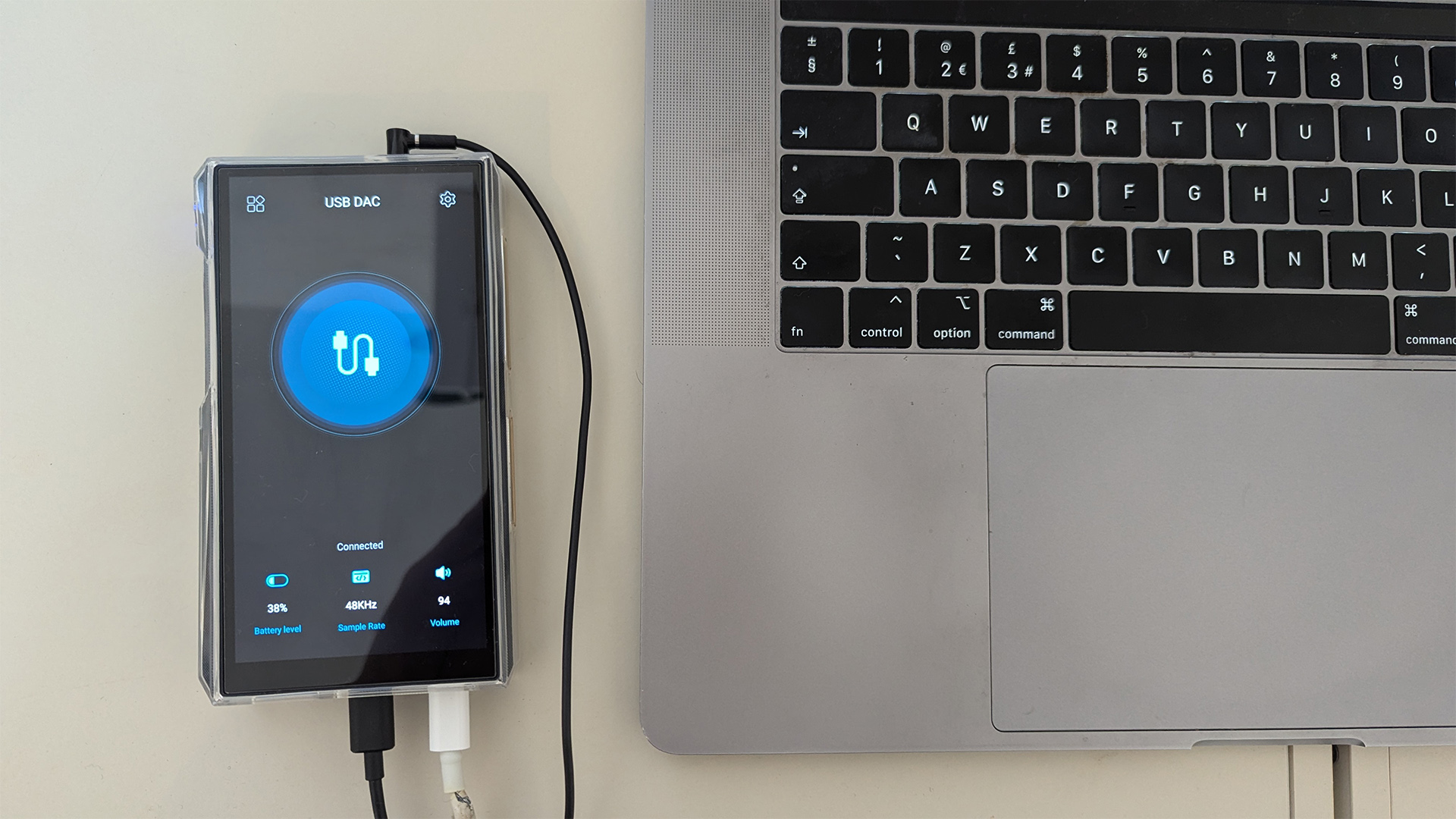
And now the time has come to see what is under the hood and how well it performs. At the M23’s engineering core are Asahi Kasei’s premium DAC chips combo (AK4499EX and AK4191) and the refined ‘+’ version of the THX AAA-78 headphone amplifier modules found in Fiio’s M11 Plus and M11 Pro, the latter of which we awarded five stars to some years ago for its “engaging and energetic listen… controlled, poised, convincing and completely sympathetic to whatever sort of music you care to play”. That bodes well for the M23, not least as Fiio says this honed architecture “allows for greater power output with high fidelity”.
We get down to business first with a hi-res file of Elvis Costello’s Lipstick Vogue, and its hyperactive drum line fills a big, wide-open soundstage that has the space and organisation to keep tabs on the vocal, bassline and piano that join in as the frenzied composition reaches peak density. It’s a coherent presentation that never sounds flustered or congested, even when we fire up the instrumentally immense Goliath by The Mars Volta on Tidal. In this respect, the Fiio has an edge over its aforementioned Astell & Kern rival, whose soundstage sounds slightly compressed in comparison.
The A&norma SR35 does, however, reply by making more rhythmic sense out of the breakneck bass guitar in the Costello track – and this isn’t the first time an Astell & Kern player has trumped a Fiio rival in the art of musicality. As we switch to Public Service Broadcasting’s Gagarin, its harder-hitting dynamics come to the fore, too, as the brass punches out of the public announcement samples. It carries the track’s drive with greater impetus and more tightly stitches the instrumental strands together into a cohesive whole, making the Fiio’s delivery feel a little sterile.
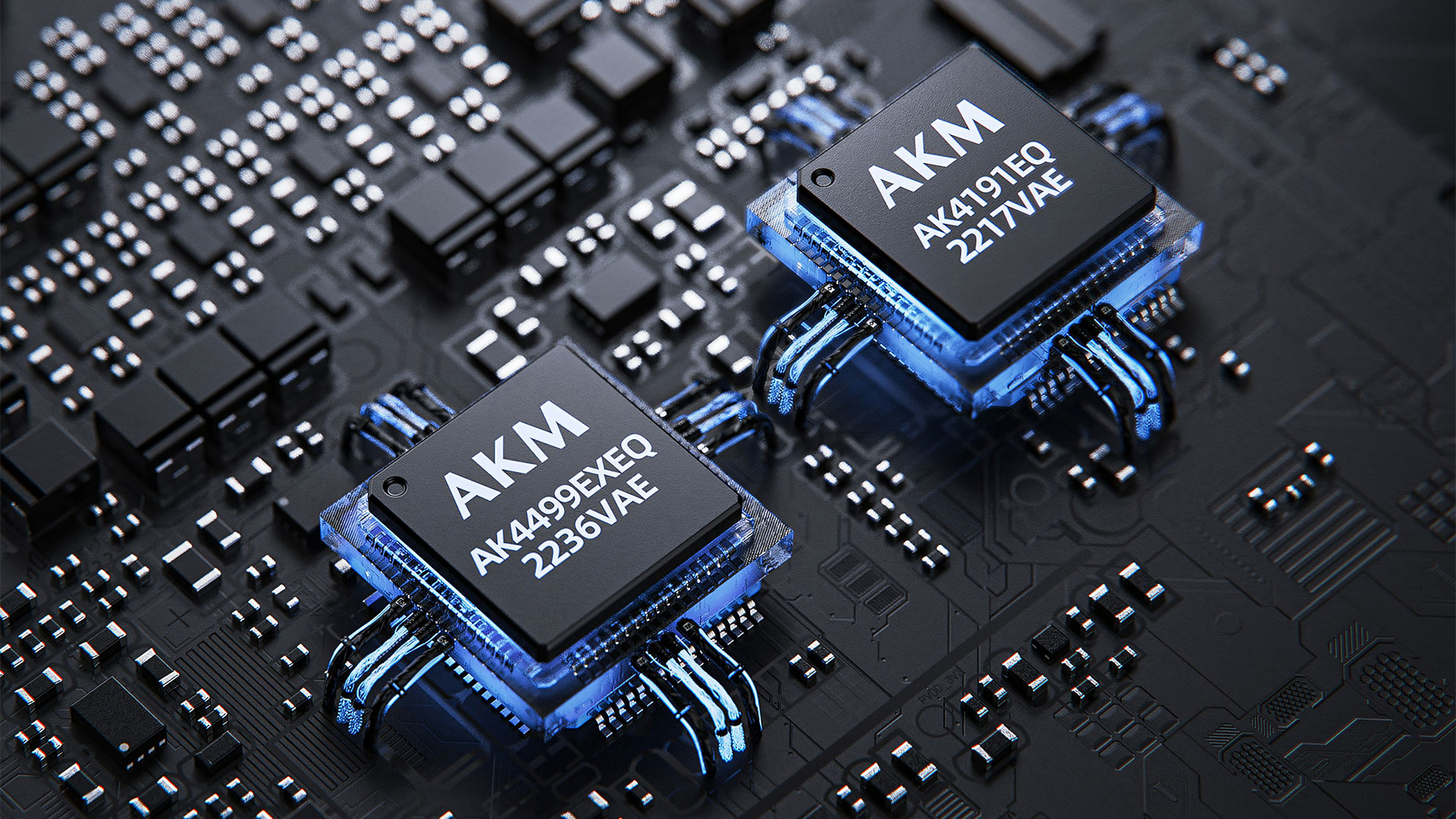
Despite the A&norma SR35 convincingly being the more engaging of the two, the Fiio isn’t exactly a bore – we still find ourselves nodding away to upbeat tracks in our library, such as Fleetwood Mac’s Don't Stop and Michael Jackson’s P.Y.T. (Pretty Young Thing). And even if you aren’t made to feverishly foot-tap until you get cramp, there’s every chance you’ll be engrossed by the amount of detail the M23 can dig up. I
ndeed, we can’t help but admire not only the breadth of its presentation but how much information – both in the outlines and harmonics of notes – it conveys within it. In the Jackson track, stark clarity and texture are generously bestowed across the frequency spectrum, clinging to the cymbals, electric piano and bass, his youthful vocal suitably dripping with its intended playfulness.
Verdict
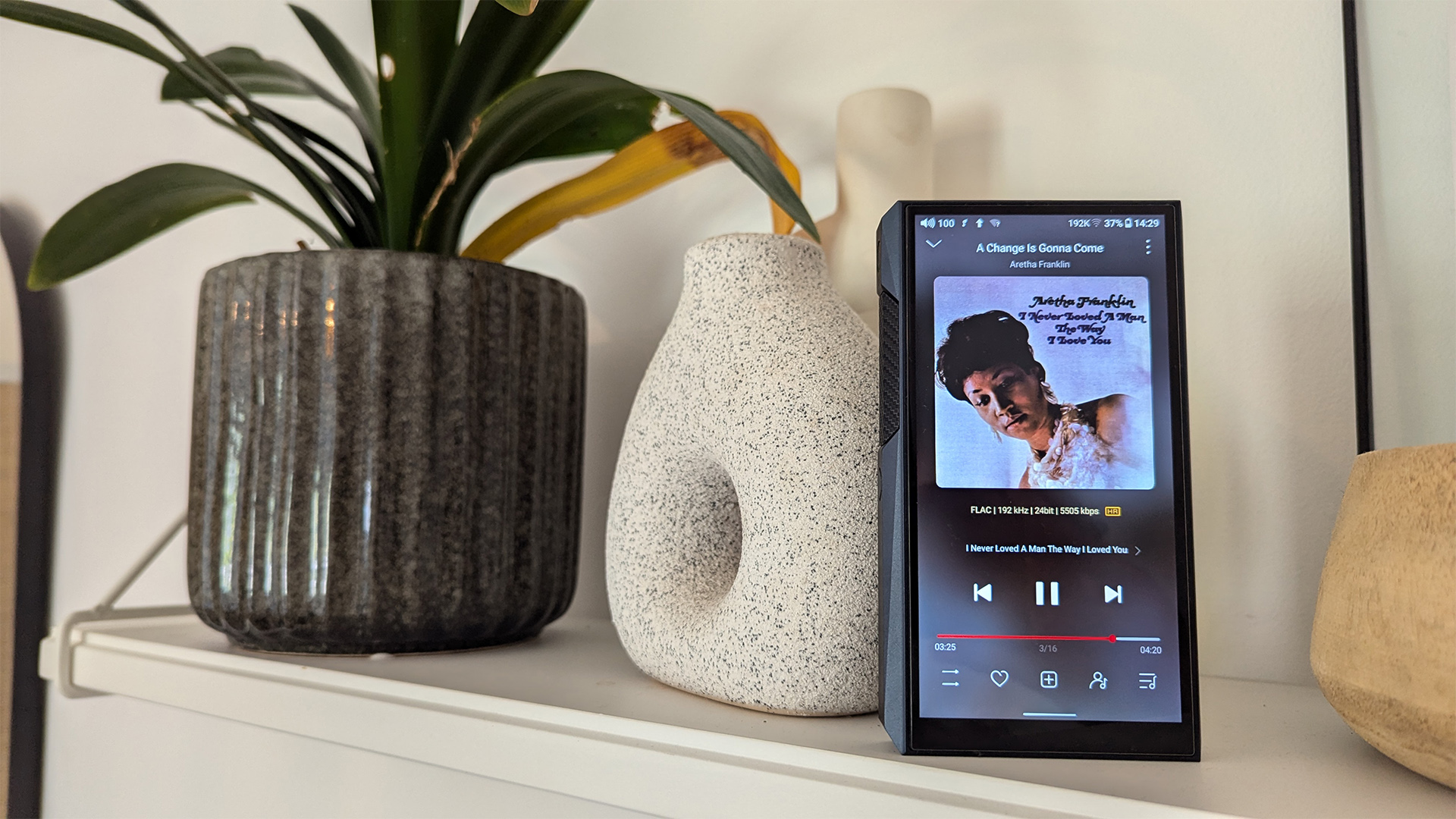
Much like a dad on the dancefloor, the Fiio M23 has the detail analysis and attentiveness to allure and be enjoyed but isn’t a natural-born mover. For that – and only that – it sacrifices that covetable fifth star. Elsewhere it barely puts a toe wrong, offering a pleasantly open and insightful sound alongside a nicely made design and above-par feature set.
Despite more, indeed, being more when it comes to the M23’s functionality, we just need that little bit more in the sound department as well.
SCORES
- Sound 4
- Features 5
- Build 5
MORE:
Also consider the Astell & Kern A&norma SR35
Best portable MP3 players: top hi-res music players tested by our experts
What Hi-Fi?, founded in 1976, is the world's leading independent guide to buying and owning hi-fi and home entertainment products. Our comprehensive tests help you buy the very best for your money, with our advice sections giving you step-by-step information on how to get even more from your music and movies. Everything is tested by our dedicated team of in-house reviewers in our custom-built test rooms in London, Reading and Bath. Our coveted five-star rating and Awards are recognised all over the world as the ultimate seal of approval, so you can buy with absolute confidence.
